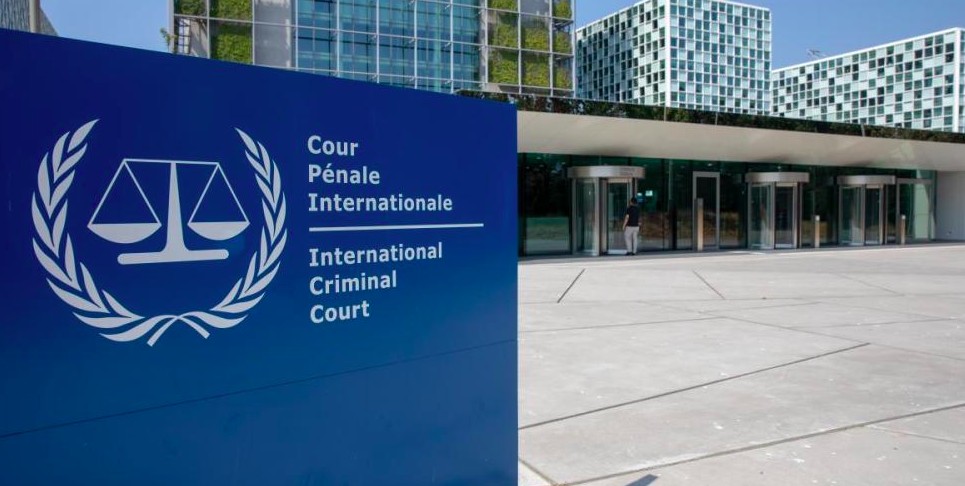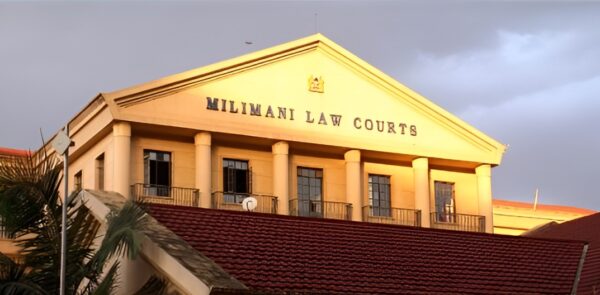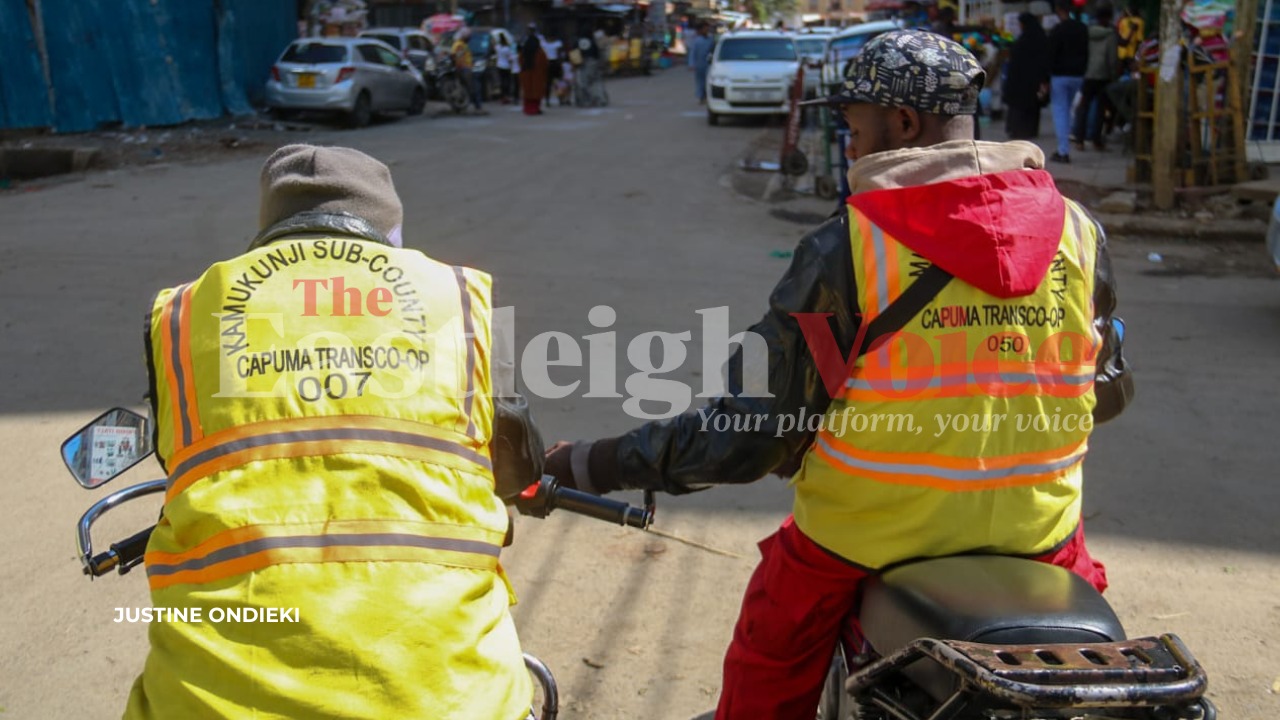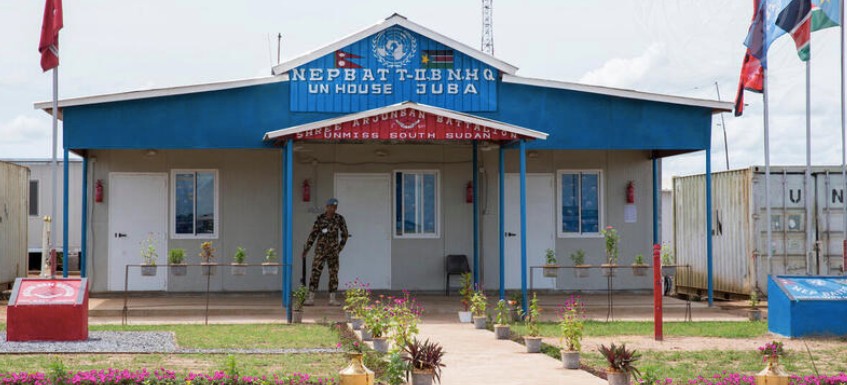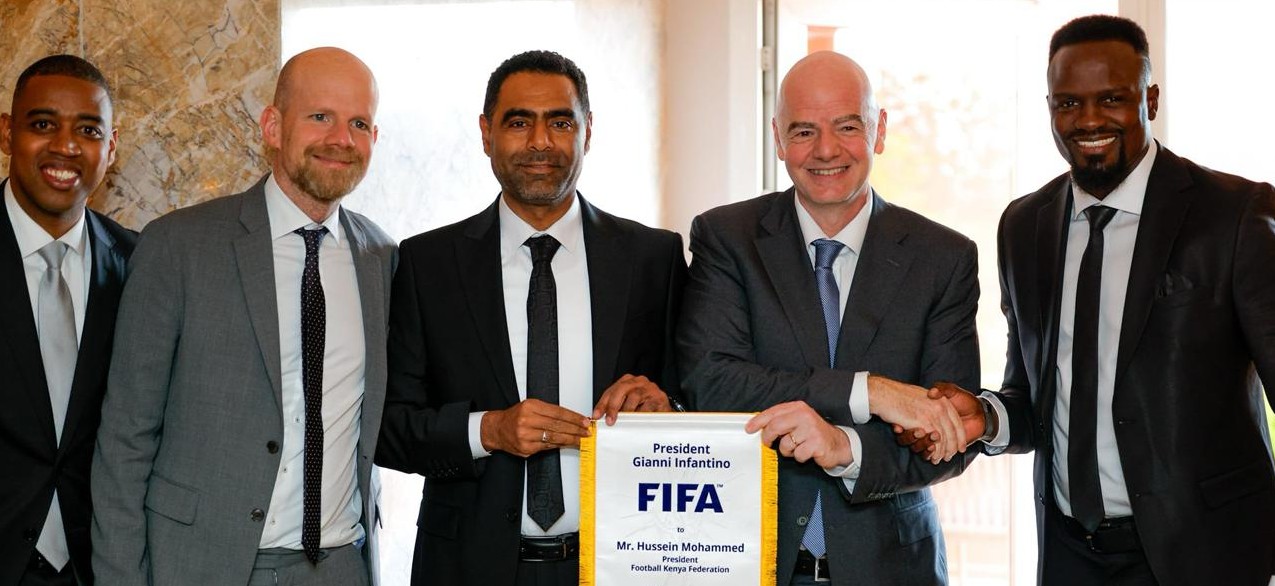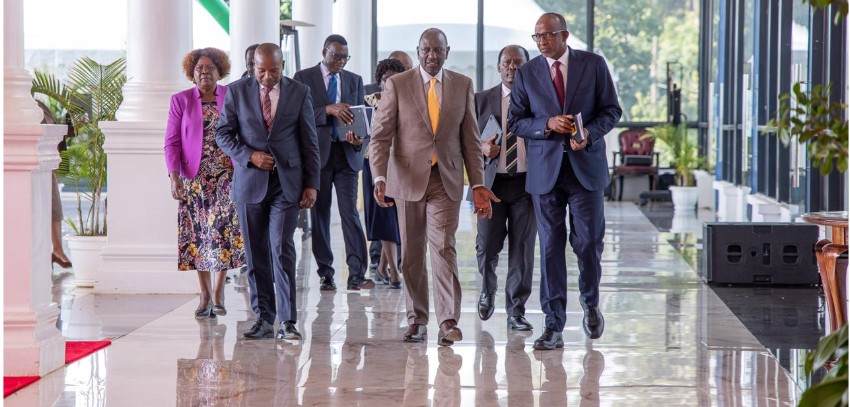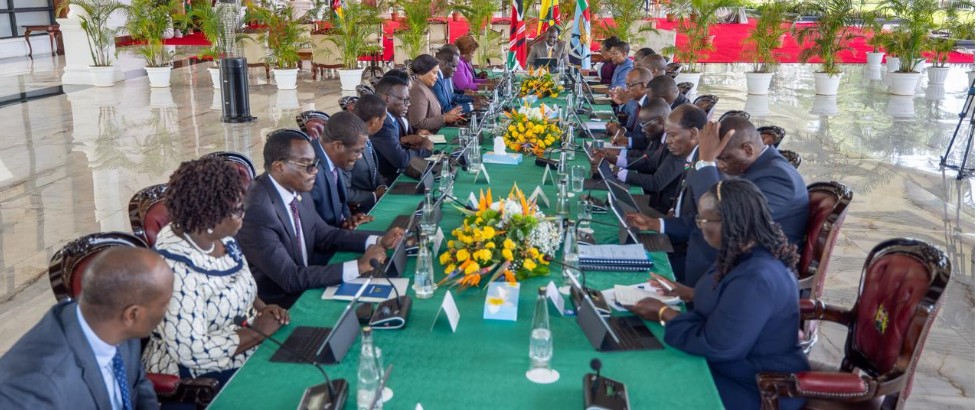Riparian corridor residents renew commitment to Nairobi River regeneration
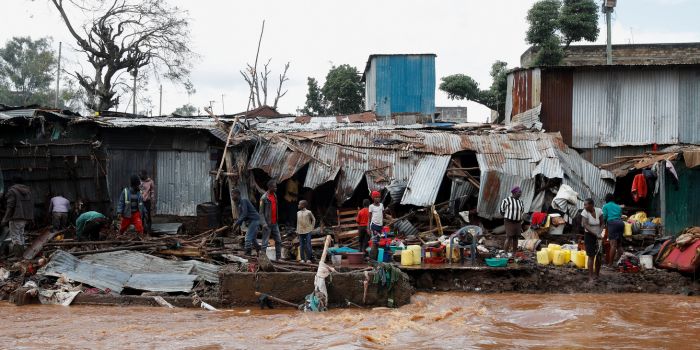
Communities expressed strong support for the NRRP, pledging active participation while emphasising that the programme’s success relies on balancing infrastructure development, environmental protection, and community rights to create a more livable Nairobi.
Communities along the Nairobi River Basin have renewed their commitment to restoring and protecting the city’s waterways, following a series of consultative meetings organised by the Nairobi Rivers Commission.
The latest forum, held this week at the CHAK Conference Centre, brought together local leaders, landowners, and government agencies, signalling a unified approach to the Nairobi Rivers Regeneration Programme (NRRP).
More To Read
- Governor Sakaja says Sh180 billion needed to clean Nairobi's main rivers
- City residents living along riparian corridors assured of fair treatment in relocation plans
- Officials warn of child safety risks near Ngong River in Mukuru
- Ruto unveils plan to overhaul Nairobi’s roads and sanitation through county, private sector partnership
- City MCAs order halt to Nairobi River project over land disputes
- Concerns mount over mass displacement as Ruto’s Nairobi Rivers revamp gains pace
The meeting was coordinated by Waithaka MCA and Minority Leader Antony Karanja and included MCAs from Dagoretti, Kikuyu, Kiambu, Kangemi, and Riruta wards.
Participants discussed development regulations, riparian land management, and Special Planning Area (SPA) guidelines, emphasising the importance of protecting community rights while advancing river restoration efforts.
“The original idea when we came here was to demystify some of the things you have heard, and that is exactly what has happened. From here, we will move to shorter spans where you live. Together with the Nairobi Rivers Team, we will organise even smaller citizen engagement meetings,” Karanja said.
“As political leaders, our role is to create a link between our electorate and development programs to ensure they are represented,” he added.
The NRRP is considered vital in addressing Nairobi’s environmental and urban development challenges.
Informal settlements along riparian zones and housing shortages have contributed to poor living conditions, while the city’s sewerage system, built in 1965 for 350,000 people, struggles to serve a population of 5.3 million in 2023, projected to rise to 20 million by 2053.
This strain has resulted in inadequate drainage, uncontrolled discharge of industrial and household effluents, and heightened public health risks.
Encroachment on riparian reserves, irregular construction, and insufficient waste management, especially at the Dandora Dumpsite, have worsened pollution and environmental hazards.
Natural habitats, such as the Ondiri Wetland, are deteriorating, biodiversity is declining, and climate change is increasing flood risks.
Lt. Col. Kahigu Njoroge, NRRP Project Manager, emphasised the collaborative approach.
“We will work with Water Resources Authority, NEMA, and other agencies together with landowners to determine the true high-water mark and the correct riparian. That is the proper process.”
He further clarified landowner rights, saying, “The Constitution of Kenya, the various existing Acts and laws are very clear on the delineation of riparian land, the difference between public land and private land interests on the same riparian land, and in particular on the limits to what one can do within these areas.”
Njoroge noted that SPA planning policies will guide what can or cannot be built along rivers.
Bishop Margaret Wanjiru, the Chairperson of the Nairobi Rivers Commission, welcomed the cooperation.
"We have had positive and insightful engagements with the communities from Kangemi and Dagoretti. We have agreed to re-examine the laws governing NRRP’s work that were of distress to them with the intention of reviewing them with public participation, such as the SPA,” she said.
“The Nairobi Rivers regeneration is a climate action project at its core, an ecosystem restoration effort that brings together government, communities, and young people to reclaim our river systems. This time, we are doing it differently. We are deliberately engaging the communities and youth, ensuring they are co-owners and beneficiaries of the transformation,” Wanjiru added.
The forum concluded with a clear message of unity and shared responsibility.
Communities expressed strong support for the NRRP, pledging active participation while emphasising that the programme’s success relies on balancing infrastructure development, environmental protection, and community rights to create a more livable Nairobi.
Top Stories Today


